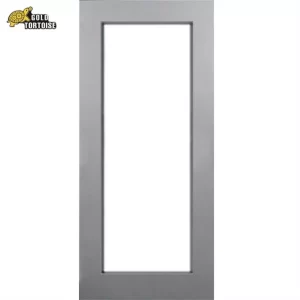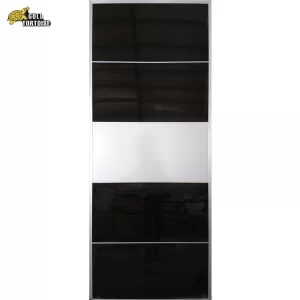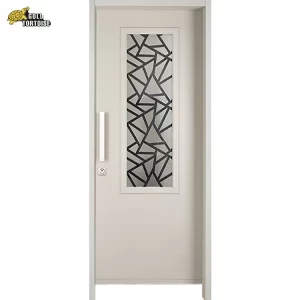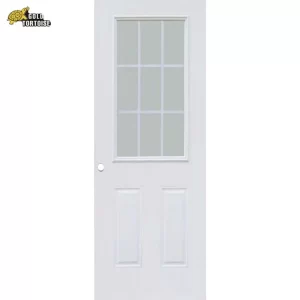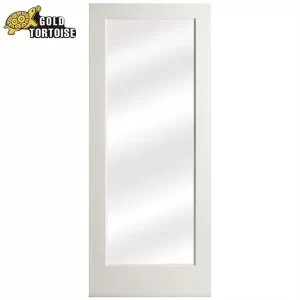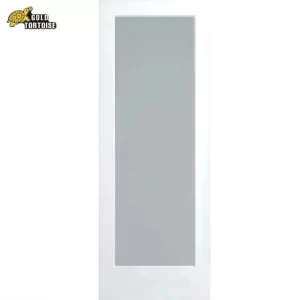Panel doors and solid doors are two common types of interior doors used in buildings. Here’s the difference between them:
Panel Door:
A panel door, also known as a “stile and rail door,” is constructed with a frame made of vertical stiles (vertical pieces on the sides) and horizontal rails (horizontal pieces at the top and bottom). These frames are then filled with panels that fit within the frame’s dimensions. These panels can be made from a variety of materials, including wood, glass, or other decorative elements.
Panel doors typically have a traditional and classic appearance due to the raised or recessed panels that give them depth and texture. The number of panels can vary, with common options being two, four, or six panels per door.
Solid Door:
A solid door is made entirely from a single material, usually wood or a wood composite, and doesn’t have any panels or cutouts. This type of door is typically uniform in appearance and offers greater privacy and sound insulation compared to panel doors. Solid doors are heavier and denser, providing a more substantial feel.
Solid doors are often used in places where privacy and noise reduction are important, such as bedrooms or offices. They have a modern and minimalist appearance and can come in various styles, from flush doors with a smooth surface to carved or decorative designs.
In summary, the main difference between a panel door and a solid door lies in their construction and appearance. Panel doors have frames with panels inserted, giving them a textured and classic look, while solid doors are made from a single material and have a uniform appearance, offering better privacy and sound insulation. The choice between these two types of doors depends on factors such as aesthetics, functionality, and the specific requirements of the space they will be installed in.

